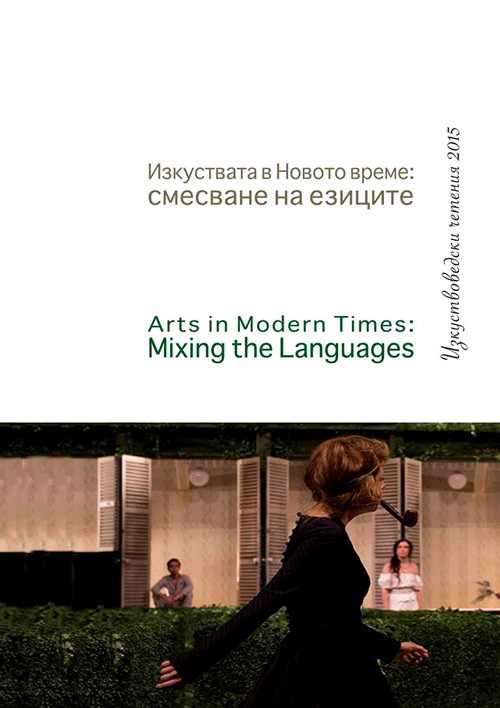Представите за „символизъм” в първите списания за изкуство в България. Форми на културен трансфер
The notions of ‘Symbolism’ in the earliest art journals in Bulgaria. Forms of cultural transfer
Author(s): Irina GenovaSubject(s): History, Fine Arts / Performing Arts, Cultural history, Visual Arts
Published by: Институт за изследване на изкуствата, Българска академия на науките
Summary/Abstract: Symbolism showed itself as a poetic movement in Bulgaria in 1905. Discussions about its advent began a century or so ago to continue until now. The paper focuses on critical texts and reproductions of artworks by foreign artists that shaped the notions of the trends in this art movement elsewhere. Bulgarian artists versed in Symbolism with authors of critical reviews among them got familiarized with its developments in Germany, France, Russia, Italy, Belgium, Austro-Hungary, where they trained and began to make their careers. Their eyes and references were usually turned to more than just one cultural environment. The ‘blurred outlines’ of the views of Symbolism are an important aspect of the article focus. Prior to the World War One reviews and reproductions of foreign artists who worked in the Symbolism/Art Nouveau styles were first published in Izkustvo journal and then in Hudozhnik fortnightly. Individual publications occurred also in Misul and Biblioteka monthlies, as well as in other short-lived periodicals. Due to their hybrid nature in Bulgaria, it is difficult to name any of the periodicals as the main mouthpiece of Symbolism alone. The most influential of them all was the Hudozhnik fortnightly (1905–1909), which had a print run of 9,000 copies. It featured some of the most popular foreign artists such as Arnold Böcklin, Franz von Stuck, Giovanni Segantini, Gustav Klimt, James Whistler, Konstantin Somov, Auguste Rodin, etc., still the term ‘Symbolism’, as well as ‘Art Nouveau ‘ was used on very rare occasions. The article ends with the question: Is it possible that a relatively new and liberal understanding of Symbolism as well as of other movements include the ‘non-pure’ art phenomena and their unambiguous denotation, as the case may be?
Journal: Изкуствоведски четения
- Issue Year: 2015
- Issue No: 2
- Page Range: 136-150
- Page Count: 15
- Language: Bulgarian
- Content File-PDF

